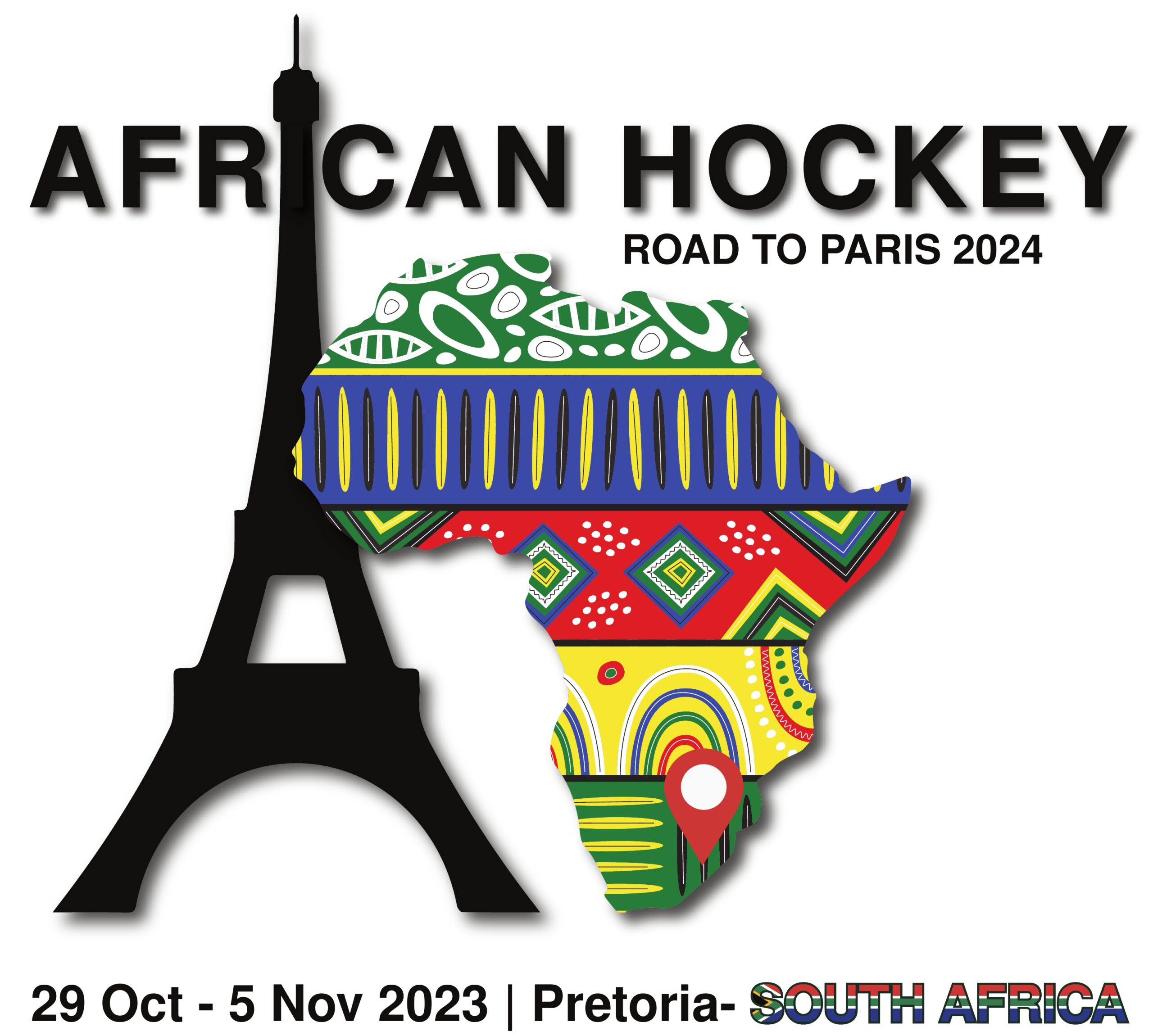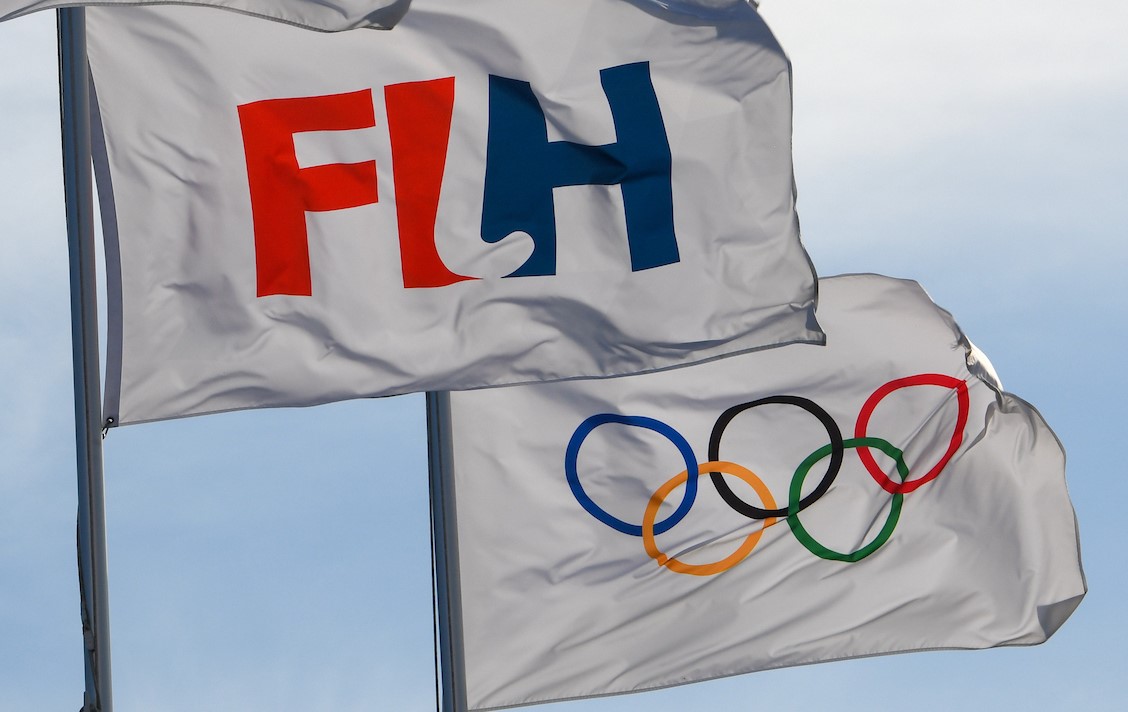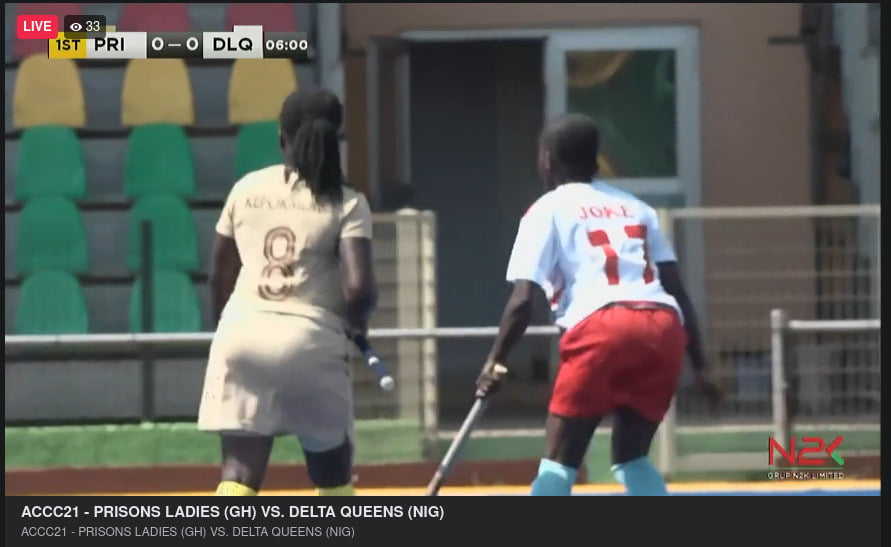Lausanne, Switzerland: From 29 October to 5 November, the best men’s and women’s hockey teams from Africa will assemble at Pretoria, South Africa for the African Hockey Road to Paris 2024 tournament with the winners joining France (men and women), Australia (men and women), Netherlands (men and women), India (men) and China (women) in securing direct qualification to the Olympic Games Paris 2024. 8 men’s teams and 7 women’s teams will compete at the African Hockey Road to Paris 2024. The 8 men’s teams have been placed into two pools of 4 teams each, while there are 3 teams in Pool A of the women’s event and 4 teams have been placed in Pool B. At the end of the pool stage the two highest ranking teams in each pool will proceed to the semi-finals, while the teams finishing outside the top two positions will compete in 5-8 position classification matches in the men’s event and 5-7 position classification matches in women’s event. The men’s and women’s teams that win the tournament will seal their berths at the Olympic Games Paris 2024. The team that finishes as the runner-up in the men’s competition will get a second opportunity to qualify for the Olympics, at the FIH Hockey Olympic Qualifiers 2024. In the women’s competition, Pool A comprises Nigeria, South Africa, and Zimbabwe, while Ghana, Kenya, Namibia and Zambia will compete in Pool B. The women’s matches will get underway on 29 October with Ghana taking on Namibia in the opening contest at 08:00 (local time). All the classification matches, including the medal matches, for the women’s event will be played on 5 November. The complete schedule for the women’s competition can be found here. The South African women’s team have been the consecutive winners of the six previous African Hockey Olympic Qualifiers and come into the tournament as the highest ranked team, placed 21st in the world. Ghana are the second highest ranked African team in the world, coming in at world rank 33. In the men’s competition, Pool A comprises Nigeria, Uganda, South Africa and Zimbabwe, while Egypt, Ghana, Kenya and Zambia will compete in Pool B. The men’s matches get underway on 29 October with Egypt taking on Kenya in the opening encounter at 12:00 (local time). All the classification matches, including the medal matches, for the men’s event will be played on 5 November. The complete schedule for the men’s competition can be found here. The South African men’s team have been the consecutive winners of the seven previous African Hockey Olympic Qualifiers and come into the tournament as the highest ranked team, placed 14th in the world. Egypt, who were the last men’s team outside of South Africa to qualify for the Olympics, back in 1992, are the second highest ranked African team in the world, coming in at world rank 20th. A total of 12 teams, in each of the men’s and women’s categories, will compete in Hockey at the Olympic Games. Hosts France have gained direct qualification. Australia (men and women) were winners of the Oceania Cup, which sealed their qualification, while Netherlands (men and women) qualified as the European champions. Indian men and Chinese women clinched their spots at the Olympics through their gold medal victories at the Asian Games. Apart from the winners of the African Hockey Road to Paris 2024 winners of the continental championships in Pan America will also gain direct qualification to the upcoming Olympic Games. The FIH Hockey Olympic Qualifiers 2024, which will be held in January 2024, provide a second opportunity for teams to qualify for the remaining 6 spots at the Olympic Games. Please visit Olympics.Hockey for the latest news and all the information from FIH about the Paris 2024 hockey Olympic tournaments! #EnrouteToParis #HockeyInvites #HockeyEquals For more information about FIH and hockey in general, please consult FIH.hockey, follow the FIH social media channels – Facebook, Instagram and Twitter – and download the Watch.Hockey app.





